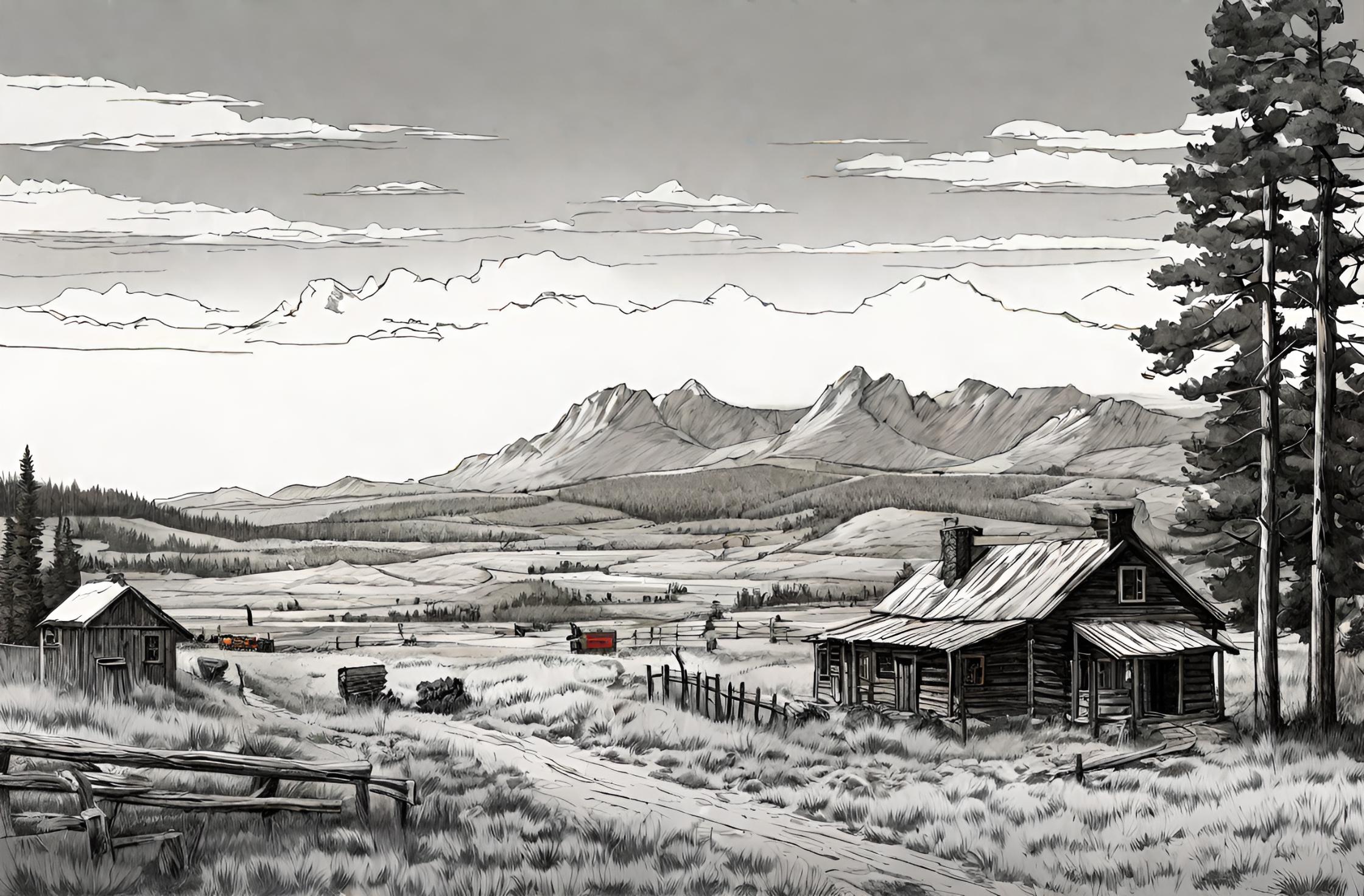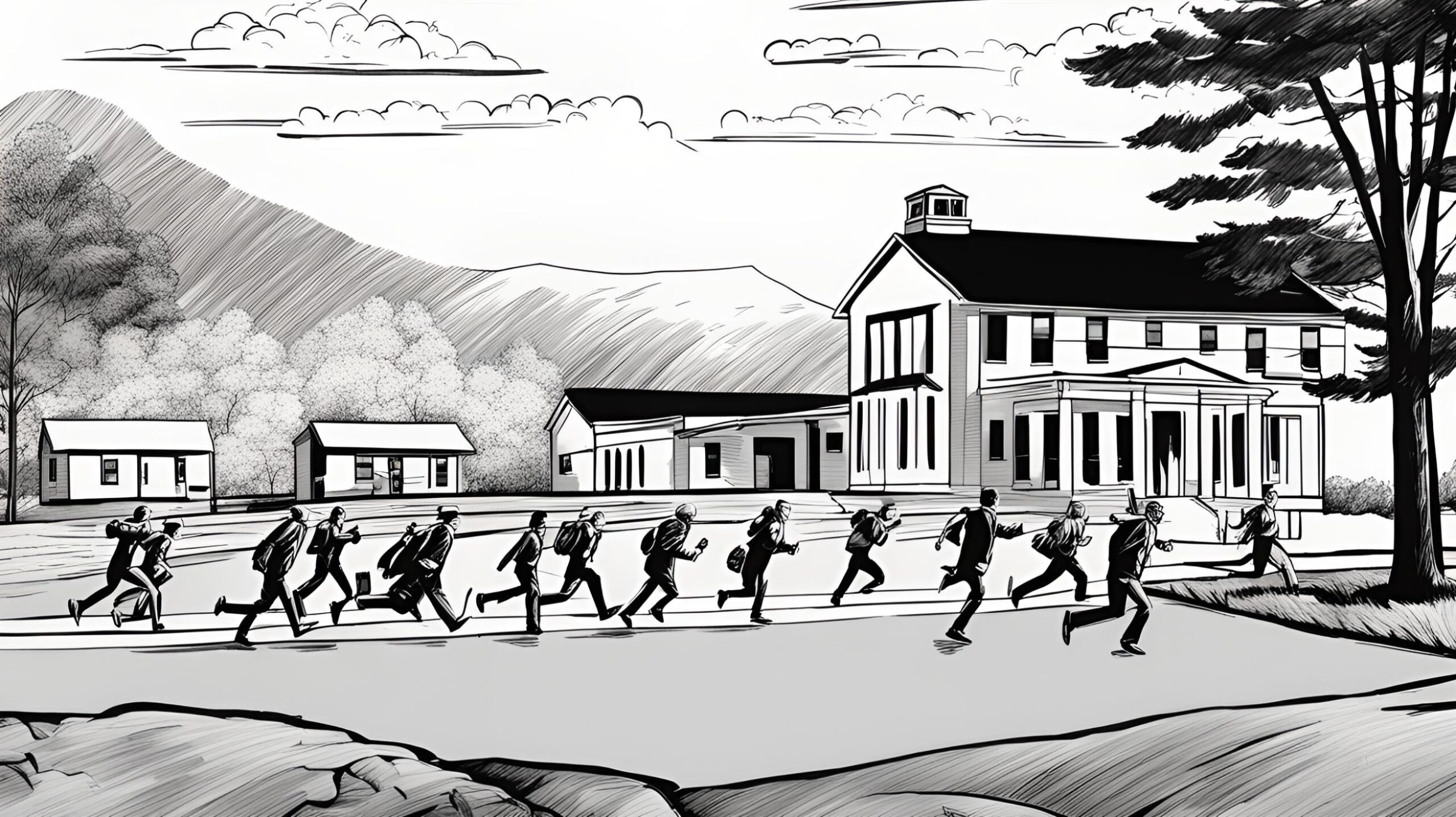Flashback to January 16
American History

On May 26, 1864, Montana was organized as a United States territory, marking a significant milestone in the history of this great state. This event laid the groundwork for Montana’s eventual statehood and shaped the course of its development. In this article, we will delve into the details of this pivotal moment and explore its implications for the future of Montana.
The organization of Montana as a territory came at a time when the United States was expanding westward. The rush for gold in the region had attracted many settlers and prospectors, leading to the need for a more structured and organized governance system. Prior to this event, Montana had been a part of the larger Dakota Territory. However, the unique needs and characteristics of the region necessitated a separate governmental entity.
Montana’s territorial status brought with it several benefits and opportunities. One of the most significant advantages was the establishment of a territorial government that could address the specific needs and concerns of the region. This allowed for greater representation and decision-making power for the people of Montana.
Furthermore, territorial status provided a framework for economic growth and development. With a recognized political entity, investors and entrepreneurs were more likely to take an interest in the region. This led to the establishment of businesses, infrastructure, and institutions that laid the foundation for Montana’s future prosperity.
The organized territory also had a positive impact on law and order. Prior to this transition, Montana had struggled with lawlessness and violence. The territorial government brought stability and established a legal system that could maintain peace and justice. This, in turn, attracted more settlers and investors who desired a safe and secure environment to work and live in.
The significance of Montana’s territorial status is further emphasized by the fact that it paved the way for its eventual statehood. On November 8, 1889, Montana officially became the 41st state of the United States. The organization of Montana as a territory was, therefore, a crucial step in the state’s evolution and a testament to the resilience and determination of its people.
Montana’s journey from a organized territory to a state has left a lasting impact on the region. From the natural beauty of its landscapes to its rich cultural heritage, Montana has emerged as a unique and vibrant state.
Today, Montana is known for its stunning national parks, such as Glacier and Yellowstone, which attract visitors from around the world. Its abundant natural resources, including vast forests and mineral deposits, contribute to its strong economy. Additionally, Montana’s diverse and resilient communities continue to shape its identity and ensure its progress.
We strive for accuracy. If you see something that doesn't look right, click here to contact us!
Sponsored Content

A student shoots six…
A tragic incident unfolded…

Protestant gunmen shoot and…
On 1/16/1981, Bernadette Devlin…

Color organ (for light…
On January 16, 1877,…

